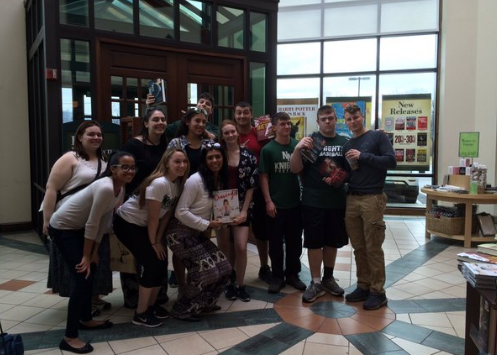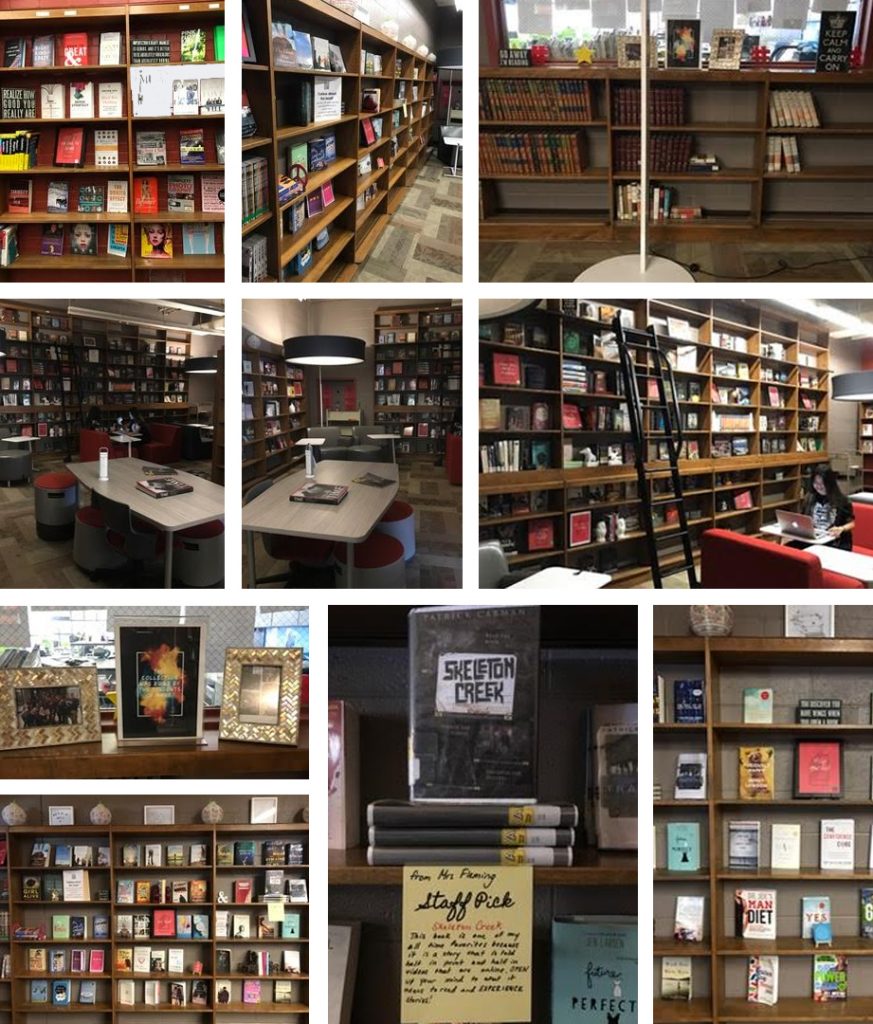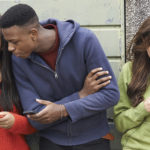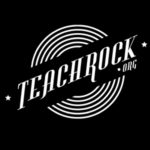Something that bothers me so much is when I read articles that talk about how libraries are becoming Makerspaces. Our Makerspace is one component of the participatory culture that runs through our space. Anyone who knows my story knows that my point of entry into the Maker Movement was through literacy, so for me, literacy and making have always gone hand in hand.
When I began as the Library Media Specialist at New Milford High School, I walked into a library that was similar to many school libraries in older schools. It was very traditional looking, with tall stacks and lots and lots of books that students simply did not check out, nor have an interest in. The collection was out of date and had not been weeded in decades. One of the tasks for me was to weed the books. During that weeding process, I decided that traditional nonfiction that made it through the weeding process would be sent to classrooms to build up their classroom research libraries. I decided to keep any memoirs or narrative nonfiction that we had in our collection, since those were the kinds of books I discovered so many of our students did enjoy reading and would check out. Amongst the vast fiction collection, we did find a few gems, but mostly we either discarded books that were no longer relevant to our students, gave them to classrooms who wanted them, or to individual students who showed an interest. In the end, I was able to preserve just a few shelves of books. As a result, I was tasked with rebuilding our collection.
In partnership with my Director of Curriculum and Instruction (now Assistant Superintendent), Danielle Shanley, we made the decision to bring our students to our local Barnes and Noble store, to have them build our new library collection. We asked the teachers from our English Department to recommend students for the trip. Our group consisted of readers, nonreaders, boys and girls. We challenged them to find books that they would be interested in reading, but reminded them that they were also there to represent their peers and that we wanted them to choose books on their behalf as well. We also told them that if the book was available in paperback to choose that, as opposed to a hardcover copy. Our goal with our new collection was to keep it fresh and current, and we were comfortable with the lifespan of a paperback. The students managed to build a tremendous collection, but that is not where their efforts ended.
 That same day, we brought our boxes of new books into our library and immediately, the students got down to work. After unpacking the boxes, they decided they wanted to move to a bookstore model and genrefy our collection. As a result, they grouped the books into categories and started to shelve them. They decided that they wanted the books facing out, similar to what they had seen in the bookstore. In the days that followed, I was approached by one of the students who had helped build the collection, with suggestions for names for our genres, mirroring the style of bookstore categories. The names for our genres include:
That same day, we brought our boxes of new books into our library and immediately, the students got down to work. After unpacking the boxes, they decided they wanted to move to a bookstore model and genrefy our collection. As a result, they grouped the books into categories and started to shelve them. They decided that they wanted the books facing out, similar to what they had seen in the bookstore. In the days that followed, I was approached by one of the students who had helped build the collection, with suggestions for names for our genres, mirroring the style of bookstore categories. The names for our genres include:
YouTube Stars
Books for the Brave of Heart
This Day in History
Too Cool for School
Books That Have Stood the Test of Time
Graphically Speaking
Get ‘Real’
What the World is Reading
Oh my Gods!
Ready, Set, Read!
Books to Amuse
Out of this World
From Page to Screen
Our new reading room is nothing short of spectacular.
 Our cataloging system is incredibly simple and allows our students to easily help to reshelve books. We stocked up on color-coding dots from Demco, and assigned every genre a color. Each book in that genre has a corresponding colored dot. Our circulation system was initially LibraryThing.com, which is free, but we soon will be upgrading to their paid for version, TinyCat.
Our cataloging system is incredibly simple and allows our students to easily help to reshelve books. We stocked up on color-coding dots from Demco, and assigned every genre a color. Each book in that genre has a corresponding colored dot. Our circulation system was initially LibraryThing.com, which is free, but we soon will be upgrading to their paid for version, TinyCat.
My circulation has increased exponentially and I am so proud of our students






